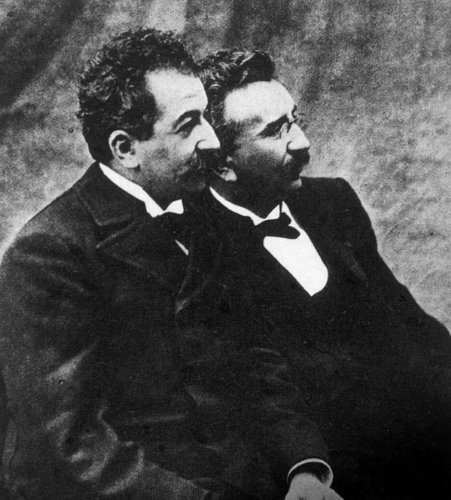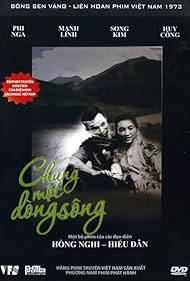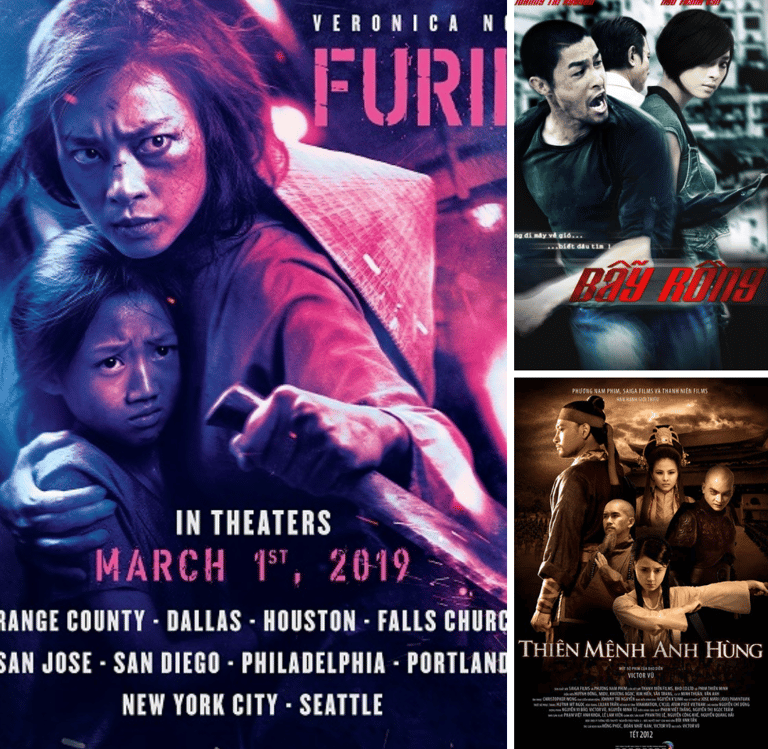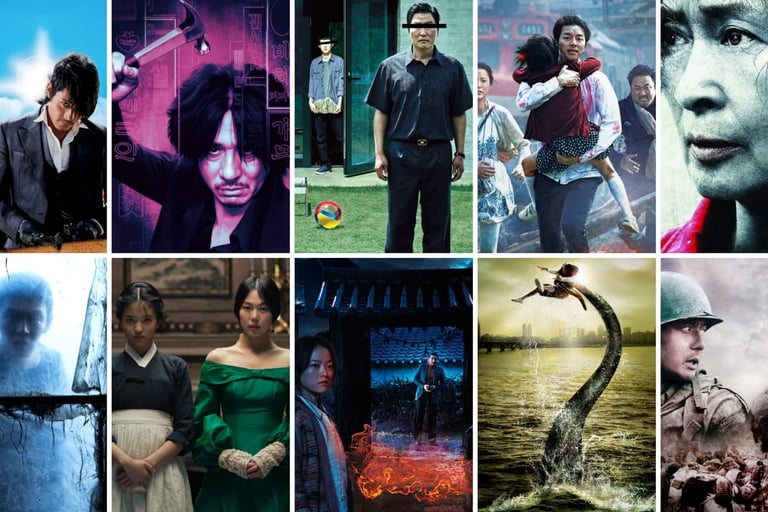Evolution of Vietnamese Cinema: Global Influences and Recognition
Vietnamese Cinema's evolution: From the division of the nation to its reunification, and the shift from propaganda to today's diverse genres. Delve into how the industry balances rich traditions with its growing global ambitions
Vietnamese cinema has journeyed through a long century of development from the 1890s by Auguste and Louis Lumiere to its current aspirations for international recognition, which were marked by the beginning of this evolution. The establishment of the Indochina Film and Screening Company (IFEC) and the Indochina Cinema Company by the French colonialists (Societé des cinéthéâtre d'Indochines) expanded the cinema network. They fostered collaboration with foreign countries, planting the seeds for a thriving Vietnamese film industry.


Auguste & Louis Lumiere
The political landscape of Vietnam has played a significant role in shaping its cinema. The division of the country into the Democratic Republic of Vietnam in the North and the Republic of Vietnam in the South in 1954 (the Geneve Agreement), led to divergent cinematic paths. The government’s investment in documentaries and propaganda films in the North, such as the revolutionary feature film "Chung một dòng sông" (1959), reflected its political agenda. In contrast, the South was influenced by American culture and technology. Moreover, the rise of Cải Lương (South Vietnamese folk opera) musicals and the establishment of the National Center for Cinema in 1959, fostered a more diverse and private film industry. After the reunification in 1975, Vietnamese cinema entered a new phase, with filmmakers grappling with the country’s history and navigating the boundaries the censorship. The 1980s witnessed the rise of television video films, which created a new generation of actors and shifted audiences' interest away from traditional cinema. This period was crucial in shaping the modern Vietnamese film industry, as it introduced a new form of entertainment that competed with and eventually influenced cinematic productions.


Chung một dòng sông" (1959)
From the mid-1990s to the early 2000s, Vietnamese cinema experienced a Renaissance by introducing more diverse genres and modern equipment. The influx of foreign films from the US, Korea, and Hong Kong reconstructed the Vietnamese audience's habit of going to the cinema, setting the stage for today's contemporary films. In recent years, Vietnamese cinema has made remarkable progress, with an increasing number of films released annually, showcasing a diversity of genres and styles. The practice of making action movies starts with "Bẫy Rồng" (Clash, 2009) and "Thiên Mệnh Anh Hùng" (Blood Letter, 2012), leading to the technically advanced "Hai Phượng" (Furie, 2019). Despite the challenges of reaching the global market, Vietnamese cinema has shown a desire to compete internationally, learning from the success of countries like South Korea, known as the "dragon of Asian cinema." The evolution of Vietnamese cinema is a testament to the nation’s resilences and adaptability. As filmmakers continue to explore new genres and styles, the industry looks forward to a future where it can proudly stand on th international stage, reflecting Vietnam's rich cultural heritage and artistic vision.


Bẫy Rồng" (Clash, 2009), "Thiên Mệnh Anh Hùng" (Blood Letter, 2012), and "Hai Phượng" (Furie, 2019)


South Korean cinema are taking the world by storm